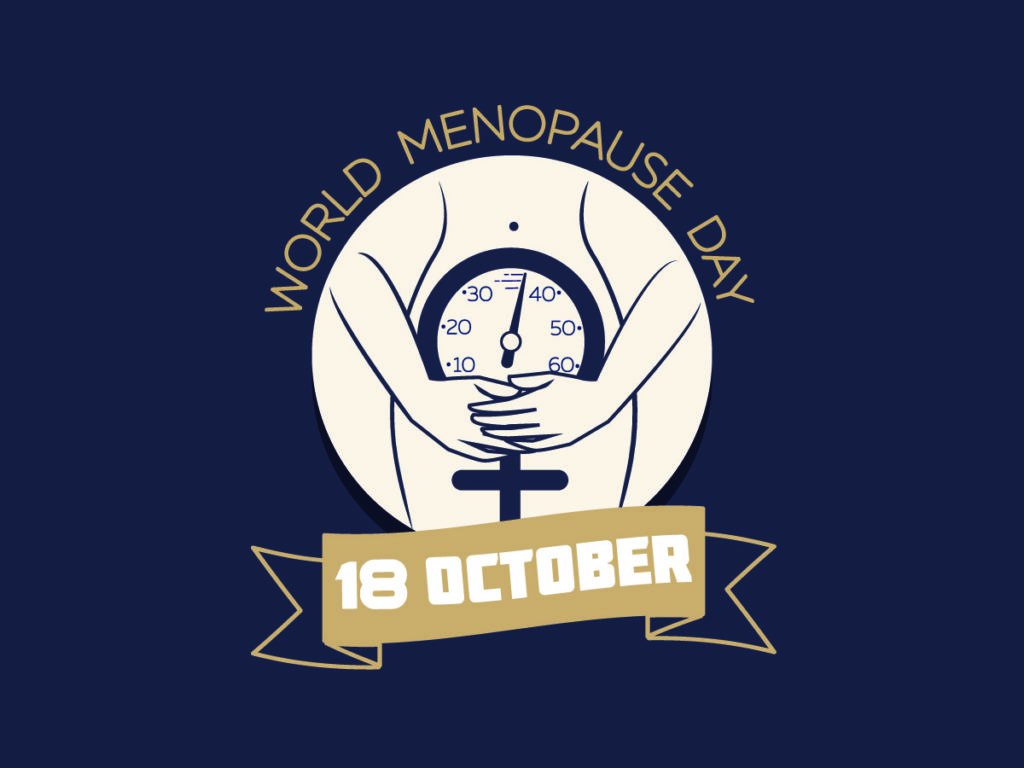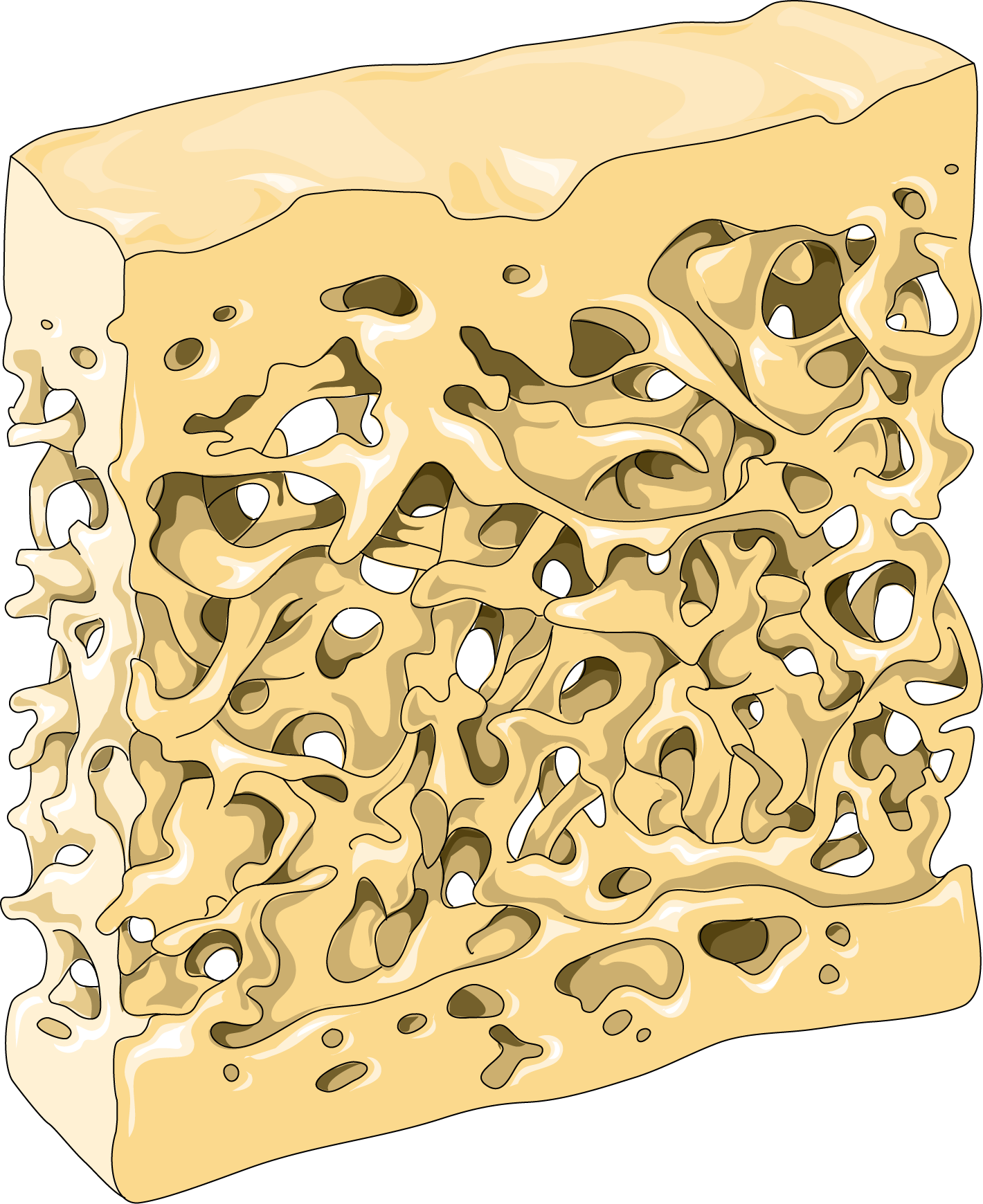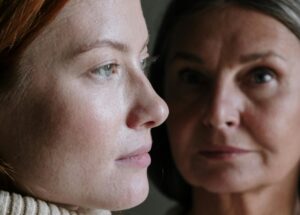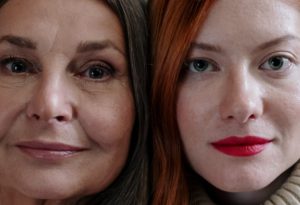World Menopause Day is October 18, Here’s What You Need To Know…

World Menopause Day (WMD) falls on October 18 every year.
Its goal, along with the entire month of October being World Menopause Month, is to raise awareness of menopause.
The focus of World Menopause Day is always options for improving health and wellbeing during our ‘second spring’. This is what menopause is known as in China – isn’t that beautiful?
Each year WMD focuses on a different aspect of menopause which might be heart health or sexual wellbeing.
It’s what we’re all about here at MenoMe® too. Empowering women in pre-, peri and post-menopause through knowledge and awareness.
This year's theme is bones

Bones are integral to our bodies and our wellbeing, particularly as we grow older.
Most of us don’t give them much thought except that they’re hard, ‘bony things’ that lie under our skin. Unless we break one and then the pain can’t be ignored!
But did you know that just like our skin our bones are active, living tissue? Bone is made up of a hard outer shell and an inner honeycomb-like mesh. And our entire skeleton remodels itself every 8-10 years?
Wow!
Like most things that make up the human body it’s pretty awe-inspiring.
But just as our skin changes and our hair alters as we grow older our bones age too. This process begins after we reach the ripe old age of 40.
The ‘remodelling’ process slows down and our bones become less strong and more vulnerable.
In fact, this happens rapidly for women during the first five years after their last period and the transition into post-menopause
At this stage, we can become more vulnerable to osteoporosis (brittle bone disease) or osteopenia (low bone density).
Build up a bone bank account
The good news is if you’ve focused on bone health in your 20s and 30s you will have built a robust bone ‘bank account’ you can draw on.
You can do this through bone-loving nutrition (lean protein, calcium, vitamin D) and regular exercise.
Osteoporosis
According to bones.org.nz osteoporosis is often called the ‘silent disease’ because it doesn’t have any symptoms. In fact, the only reason we may know we’ve developed it is if we break a bone.
The statistics are sobering. Know Your Bones tells us that one in three women and one in five men will suffer an osteoporotic fracture in their lifetime.
Hip fractures are of particular concern as 50% of people never return to full mobility again and 25% will die.
So it pays to love your bones!
We’ll tell you in more depth how you can do that next week on World Osteoporosis Day (October 20).
In the meantime, know that lean protein, vitamin D, calcium and exercise (particularly resistance exercise) are your bone health BFFs.
MenoMe® and bone density
We include vitamin D3 in MenoMe 55+ which you can purchase here.
What’s more, the EstroG-100™ we use in both 40+ and 55+ has been clinically shown to improve bone mass density after 12 weeks.
Take the test
Take one of the online bone health tests below:









